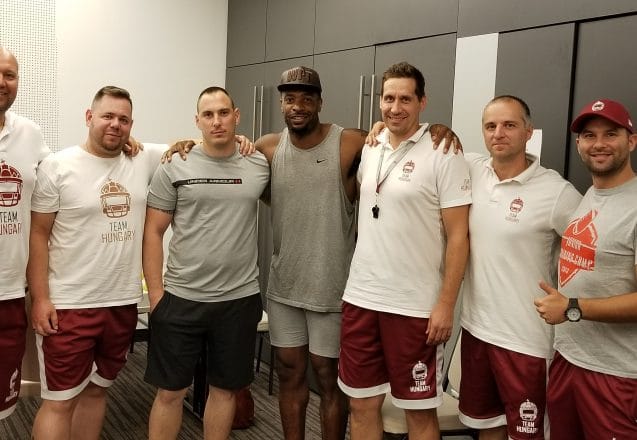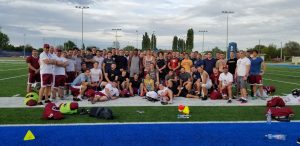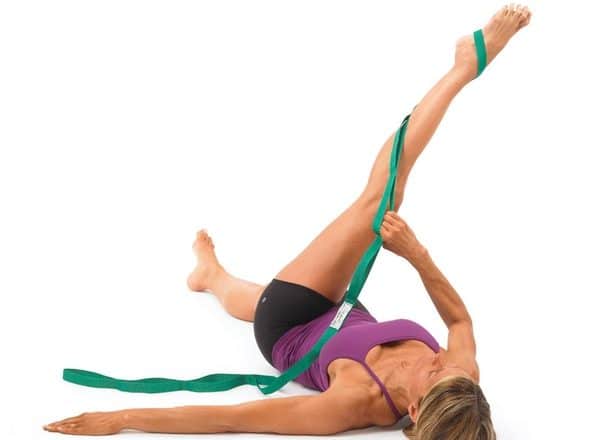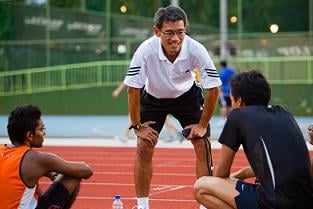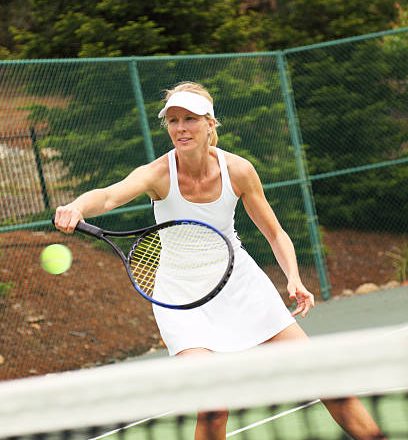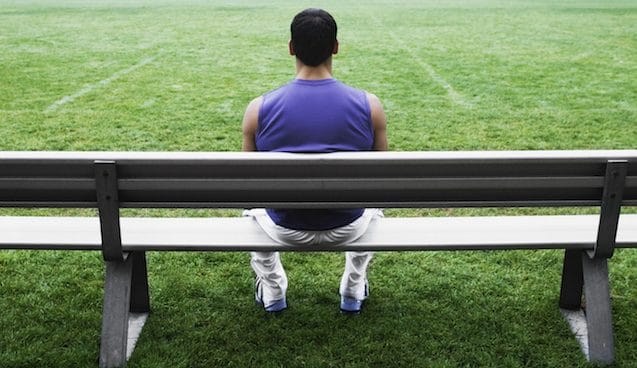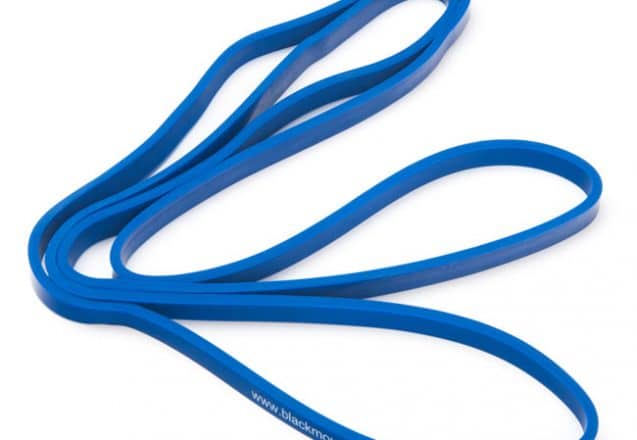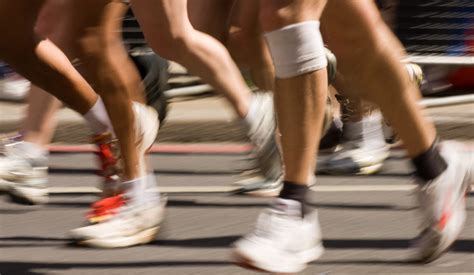Are Kids Specializing in Sports Too Early?
Today’s sports are more competitive than ever, with youth athletes devoting their lives to a sport as young as 5 years old, on occasion with pressure from parents.
But does specializing this early in a sport give a child a competitive advantage in both the short and long term?
The latest research proves that there is more downside than upside.
The Consequence of Specializing Too Early
Even though focusing on a single sport develops the skills, coordination, and sport specific conditioning for doing well in that sport in the short term, the athlete is limited in building transferable sport skills.
Increasing transferable sport skills allows the athlete to participate in a variety of sporting and social situations which increase the likelihood they will have a positive experience in their sport life according the Long Term Athlete Development Principles.
Some of the negative consequences of specializing are overuse injuries and chronic injuries such as rotator cuff injuries in throwing sports, tennis elbow, stress fractures, and acl injuries.
From a psychological standpoint, young athletes face pressure from coaches, parents, and themselves, stressing themselves to always do well and emotionally devastated if they fail having to face their parents and coaches.
They may become obsessed with just winning and overly frustrated when they don’t (even though who wants to be satisfied with losing.)
This typically leads to an unbalanced lifestyle in which social and personal life is compromised for the sake of competition, inevitably detracting the ability to build the true social skills necessary in building a successful life outside of sports.
“Specialization in one sport leads to a progressive loss of freedom in exchange for increased excellence and precision”
Ultimately, specializing in sport too early that requires a year round commitment can lead to psychological burnout.
Such busy lives can make a youth athlete feel as if they have no control over their own lives, which can lead to depression, chronic fatigue, and even eating disorders.
The initial intention of trying to create a high caliber athlete can ironically lead to an athlete who burns out and drops out due to the anxiety.
Specializing at the Right Time
A study conducted by Naker, Côté, and Abernathy (2003) demonstrated the importance of youth athletes playing multiple sports.
The finding showed a positive correlation between athletes who played multiple sports growing up and their chances of succeeding and becoming an elite athlete.
This is most likely due the development of a broader range of movement skills and decision making skills.
Youth athletes who try a number of different sports and specialize at an older age reach higher performance levels than those who specialize too early.
They are less likely to burn out and not develop the perfectionist mentality typical of early specialization.
It should be understood that unless a sport like gymnastics that does require early specialization, committing to just a single sport too early is not the ultimate determinant of athletic success.
Developing physical literacy and specializing at the right time is.
It is unfortunate that younger athletes face such pressures. It is vital that parents coaches and even the athlete is aware of the consequences both mentally and physically of committing to a single sport to early.


